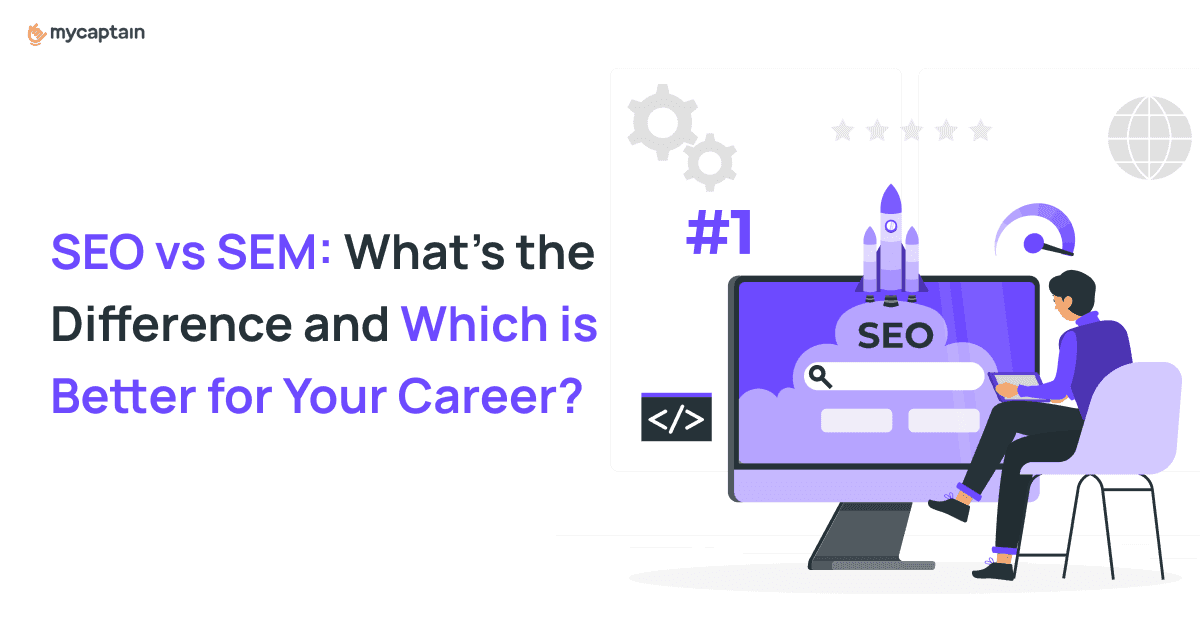Digital Marketing
SEO vs. SEM: Key Differences and Which is Better for Your Career?
Bhavna
21/11/2024

Introduction
In today’s digital-first world, Search Engine Optimization (SEO) and** Search Engine Marketing (SEM)** are essential in the digital marketing landscape. Together, they boost a brand’s online visibility, drive web traffic, and impact conversions and revenue.
Understanding the difference between SEO and SEM is crucial for digital marketing enthusiasts or professionals exploring their career options. Each path requires unique skills, offers distinct advantages, and aligns differently with various career aspirations.
This blog explores SEO and SEM in-depth, highlighting their differences, career prospects, and which path may suit your goals and interests best.



